Now in its 10th edition, the annual Lexus Design Award has helped foster innovation by finding great talent from around the world, nurturing life-changing ideas, and creating the right environment for experienced mentors to help budding designers turn their ideas into reality.
Held annually since 2013, the program invites young designers and students from around the world to create a design that they believe makes the world a better, healthier, and more inclusive future for our planet. The theme for the award echoes Lexus’ brand principle – “Anticipate, Innovate and Captivate, while seamlessly enhancing the happiness of all”. Creating the perfect environment for a design to grow, Lexus helps engineer ideas into real, impactful solutions. The brand’s strong association with design and with innovation helps it accelerate ideas to achieve their full potential. Apart from accelerating, developing, and promoting design projects, the Lexus Design Award helps kickstart design careers too, with exclusive mentorships from international design stalwarts, funding for prototypes (up to 3 million Japanese Yen or $25,000 USD), and the opportunity to have your work judged by the biggest figures in design in the final Grand Prix competition. This year’s esteemed judging panel comprises Paola Antonelli (Senior Curator for the Department of Architecture and Design at MoMA), Anupama Kundoo (Architect and Founder of Anupama Kundoo Architects), Bruce Mau (Co-Founder & CEO of Massive Change Network), and Simon Humphries (Head of Toyota and Lexus Global Design).
The award process is quite unlike any other… it’s part award, part internship, part incubator, and part institute. When you apply for the Lexus Design Award, you’re enrolling yourself into a 3-month course with internationally-recognized mentors, the likes of Sam Baron (Designer / Creative Director, Sam Baron & Co.), Joe Doucet (Founder, Joe Doucet x Partners), Yosuke Hayano (Principal Partner, MAD Architects), and Sabine Marcelis (Designer / Founder, Studio Sabine Marcelis). During this time, the mentors work with you on your project (sort of like the most personalized internship ever), taking your rough concept to fruition, while Lexus incubates the product, providing grants of up to 3,000,000 yen (approx. $25,000 USD) dedicated to prototyping the projects to a working proof-of-concept. Additionally, in exclusive individual follow-up sessions, the six finalists will receive personalized consultations with each of the panel members to explore career paths and give a flying start to their further professional development.
The awards are free for all to enter, focusing on young talent looking to find their footing in the industry, and offering them the ability to take their nascent ideas to new heights, with advice from established professional mentors. The 2022 Lexus Design Award’s mentoring phase came to a close in the past few weeks, and here is a look at the 6 Finalist designs that are in contention to win this year’s Lexus Design Award!
Click Here to Know More about the Lexus Design Awards.
Lexus Design Award 2022 Finalists
Chitofarm by Charlotte Böhning & Mary Lempres
Meet Chitofarm, a natural solution to a man-made problem. Of all the single-use plastics found in landfills, nothing is more notorious than styrofoam. It’s bad for you because it can create toxins that go into your body, and it’s bad for the environment because it takes centuries to biodegrade. However, Charlotte Böhning and Mary Lempres of Döppelganger discovered that mealworms can ingest styrofoam in just days, turning it into fertilizer and CO2. The CO2 produced from this process is the same amount of CO2 the insects would produce if fed any other food source. The Chitofarm is a modular, vertical recycling center that allows these mealworms to biodigest styrofoam waste, solving the plastic crisis using an ingenious, low-cost technique!
Hammock Wheelchair by Wondaleaf
Now here’s an unusual statistic I didn’t know – anywhere between 35% to 80% of nurses will sustain back injuries from having to lift patients. As noble as the profession may be (and dangerous too), it seems like lifting a patient from a wheelchair to a bed or vice versa is perhaps the most avoidable problem a nurse or caregiver can have! The Hammock Wheelchair hopes to tackle this problem by looking beyond the medical field for inspiration. Its design borrows from a forklift’s ability to lift things off the floor or even off platforms. The Hammock Wheelchair’s unique design was developed around similar lines, allowing caregivers to easily lift patients and transport them around. Patients are made to lie on a soft fabric underlay, which hooks right to the Hammock Wheelchair. This fabric underlay then becomes like a hammock for the patient – a hammock with wheels, no less!
Ina Vibe by Team Dunamis
The Ina Vibe is a sustainable and holistic method for cooking, charging, and lighting. The project had initially started as an energy-capture device that harnessed the heat or thermal power that escapes from a gas stove, turning it into electricity. However, through extensive mentorship, it was transformed into a solution that didn’t need gas in the first place. The Ina Vibe now runs entirely on renewable energy, using solar panels to charge a battery pack that powers an induction stove and can even charge mobile phones! The entire solution sits in an elegant-looking woven cane basket, making the Ina Vibe equal parts traditional and advanced!
Rewind by Poh Yun Ru
Designed as a response to her grandmother dealing with aging and dementia, Singapore-based Poh Yun Ru developed Rewind – a therapeutic multisensory device that helps elders regain control over their life by familiarizing themselves with activities that they would perform daily. At the root of the Rewind experience is a handheld IoT device that acts almost like an input device for the Rewind. Actions like ironing, pouring, stirring, etc. are displayed on a screen, and users are required to mimic them with the handheld device in their hands. Accelerometers and sensors within the handheld device measure how users interact with it, and through this process of copying and repeating these actions, elders are re-familiarized with common physical actions and interactions, allowing their minds and bodies to get used to them.
Sound Eclipse by Kristil and Shamina
The Sound Eclipse follows the LDA theme of ‘enhancing happiness’ in perhaps the most relatable way! As its name suggests, it’s a device that eclipses sound, and is designed to be placed on windows. Using traditional active noise-canceling techniques, the Sound Eclipse can reduce both indoor and outdoor noise, creating a peaceful atmosphere practically on demand. It can even identify and handle different sounds differently – so theoretically the Sound Eclipse would cancel out traffic noise, but not music playing on your laptop. It’s rather poetic that the Sound Eclipse also looks like a literal eclipse-inspired black disc with an annular ring!
Tacomotive by Kou Mikuni
Inspired by the story of his father, a teacher who worked predominantly with disabled children, the Tacomotive is a unique communication tool designed to help turn textures into a language. The solution was designed primarily for deaf blind people, who can’t communicate using any traditional methods. Relying on touch as a mode of expression and feedback, Mikuni developed Tacomotive, a ‘database’ of textures created by cutting patterns out of paper. These textures would, in turn, represent aspects of expression like rough, soft, grip-ability, and anisotropy (or something that registers different values across different directions). Tacomotive in turn then becomes a new bridge for communication that is touch-based but is much more visceral, unlike Braille which needs to be learned in the first place. Instead, it relies on how we perceive stimuli, and turns them into ‘onomatopoeic textures’ that everyone can relate to!
Click Here to Know More about the Lexus Design Awards.
The post Lexus Design Award announces its 6 Finalists for 2022 – Here are the contending design projects first appeared on Yanko Design.
via https://ift.tt/5YMndiG
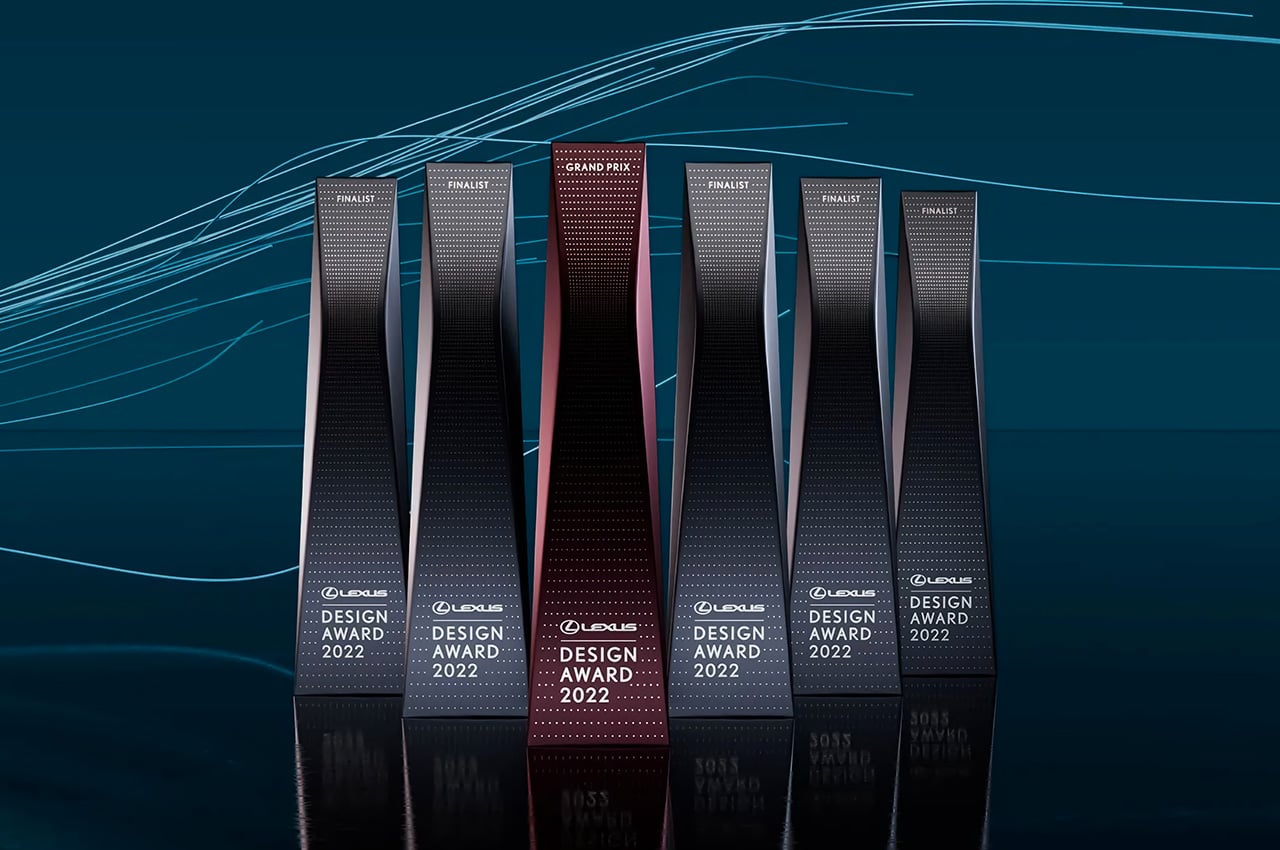
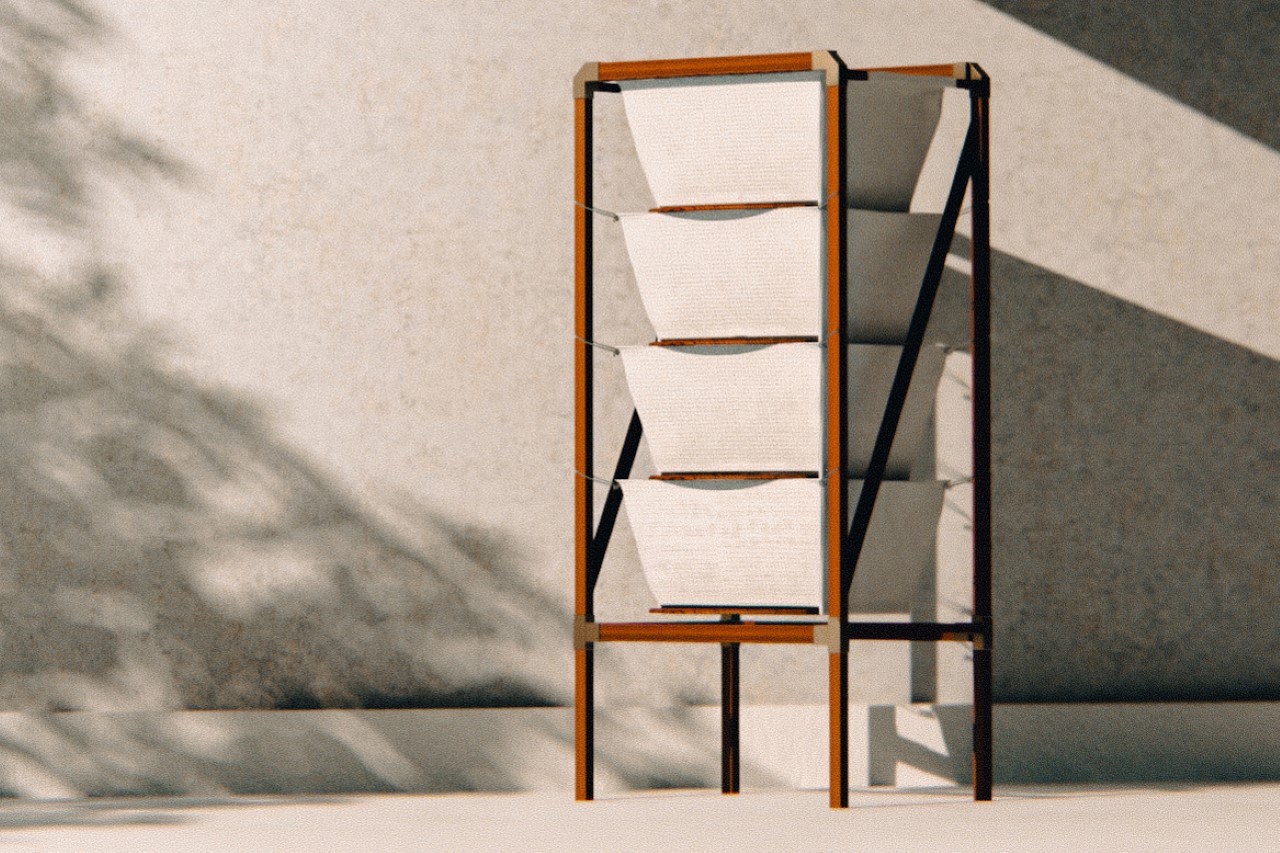
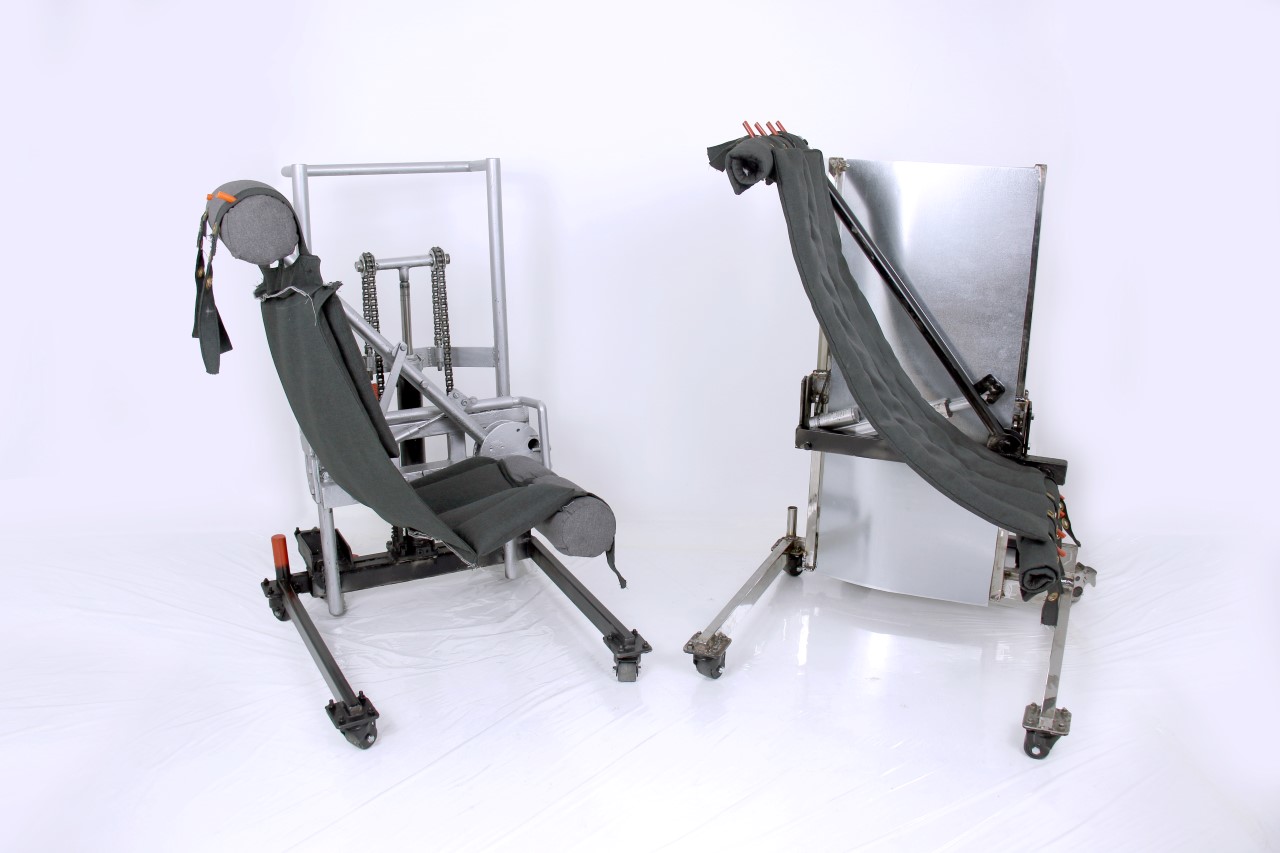
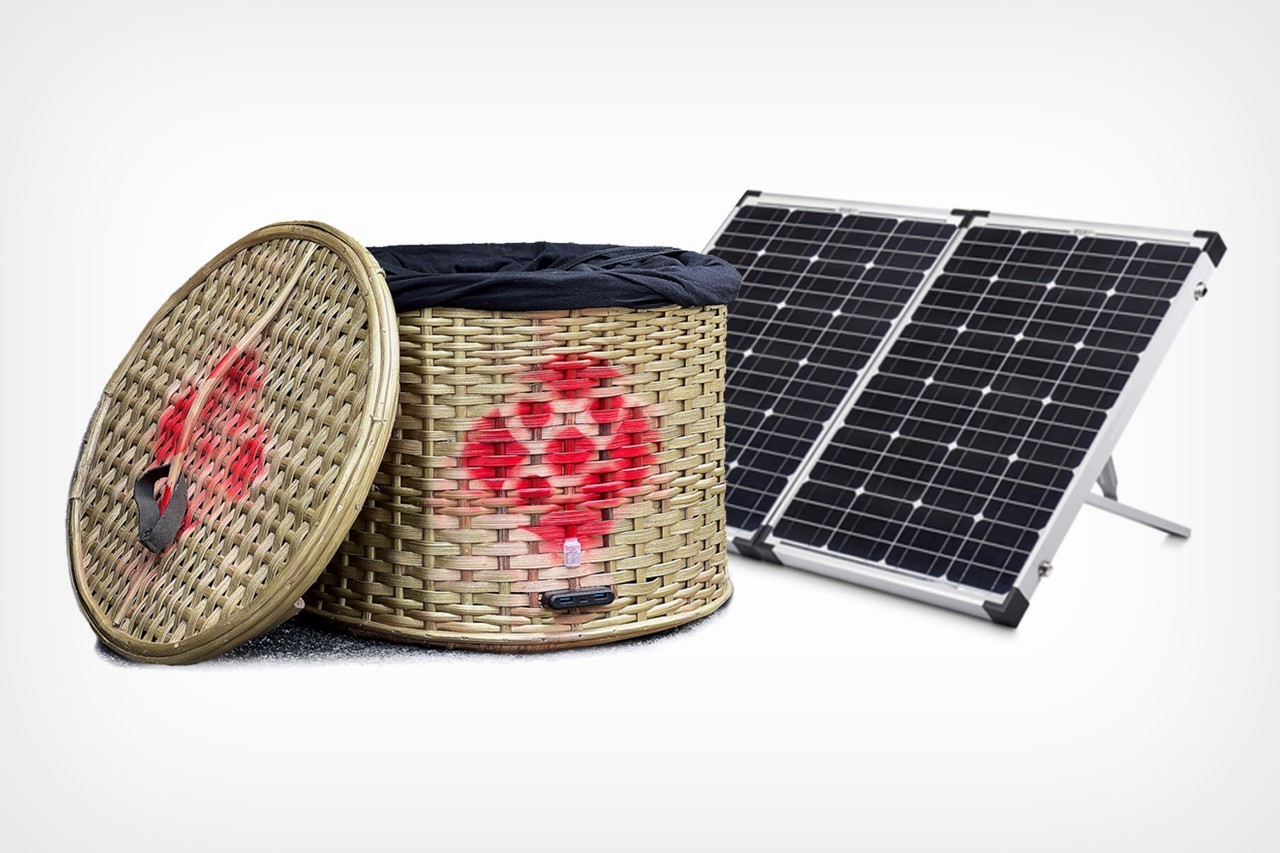
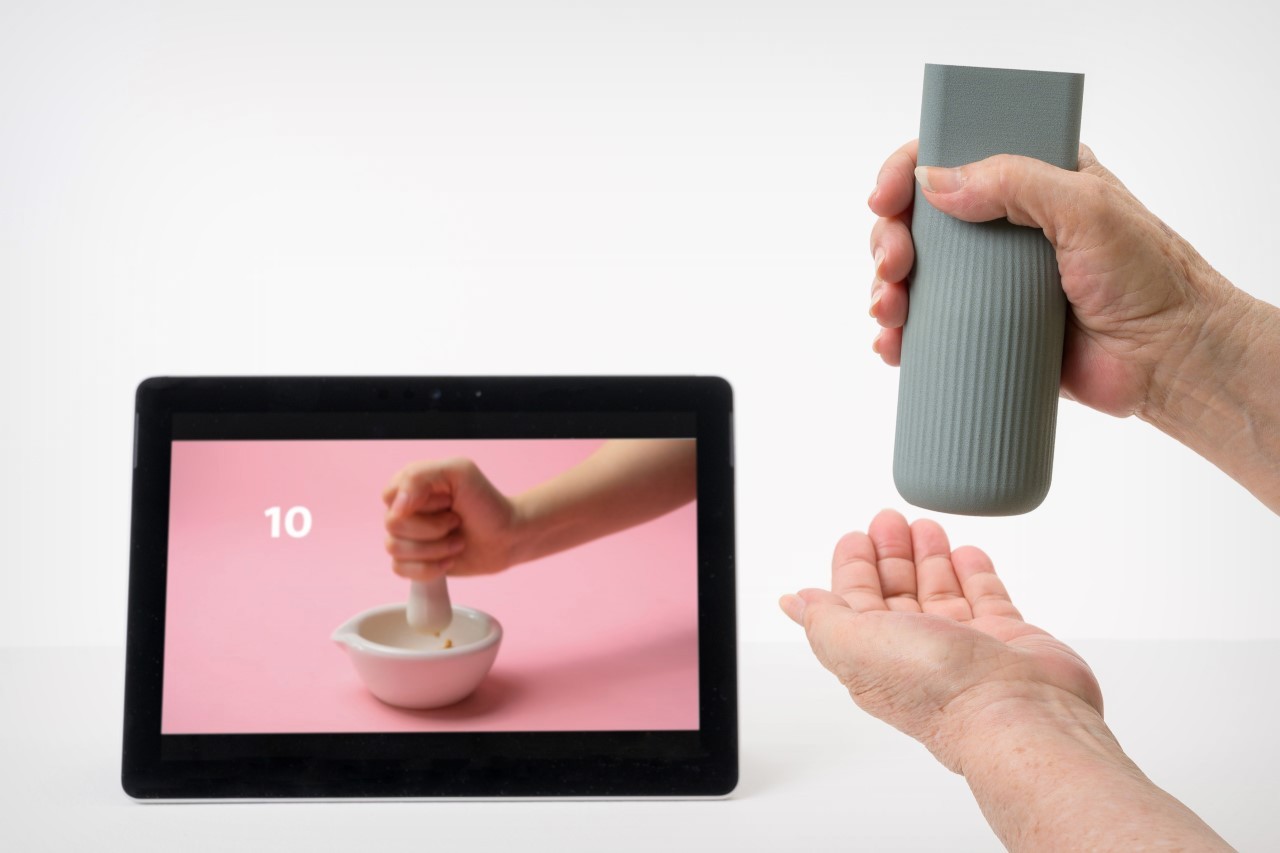
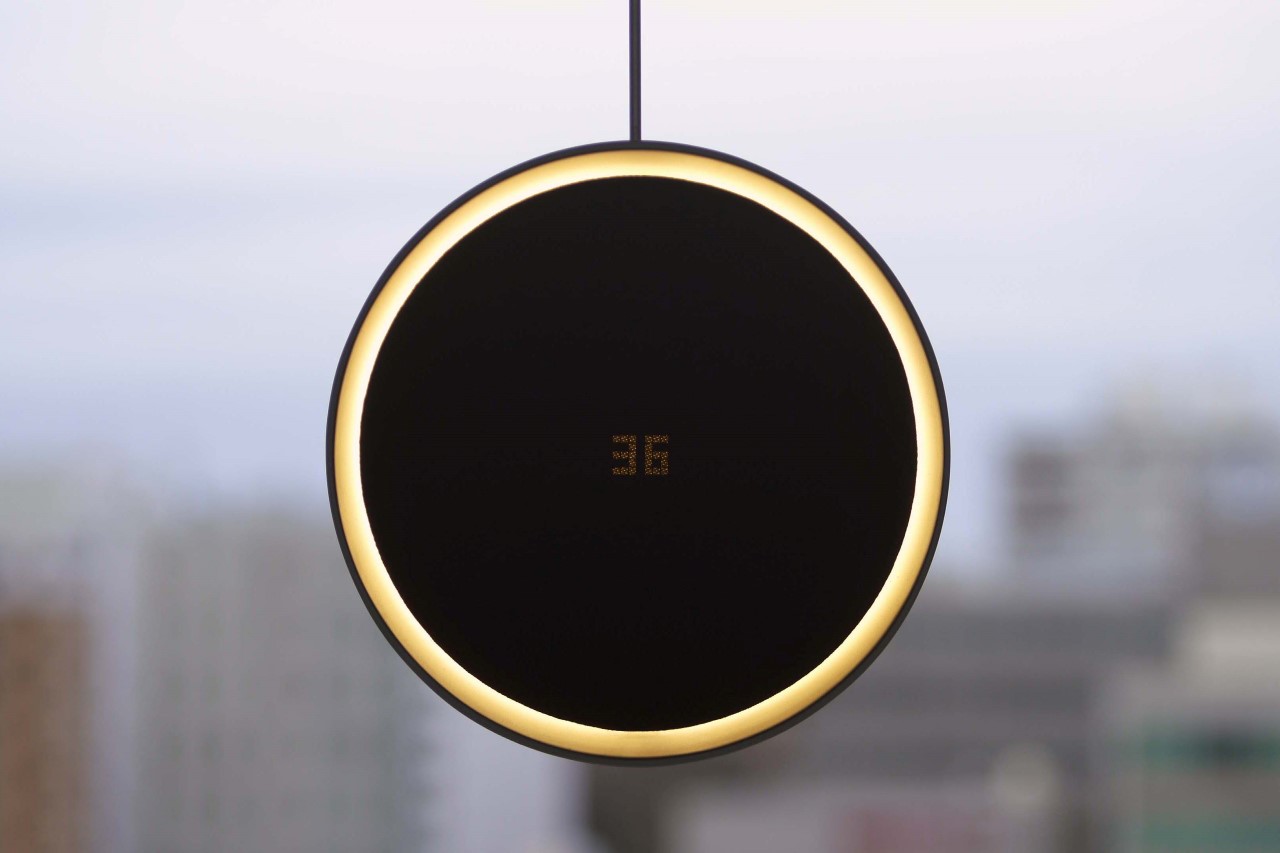
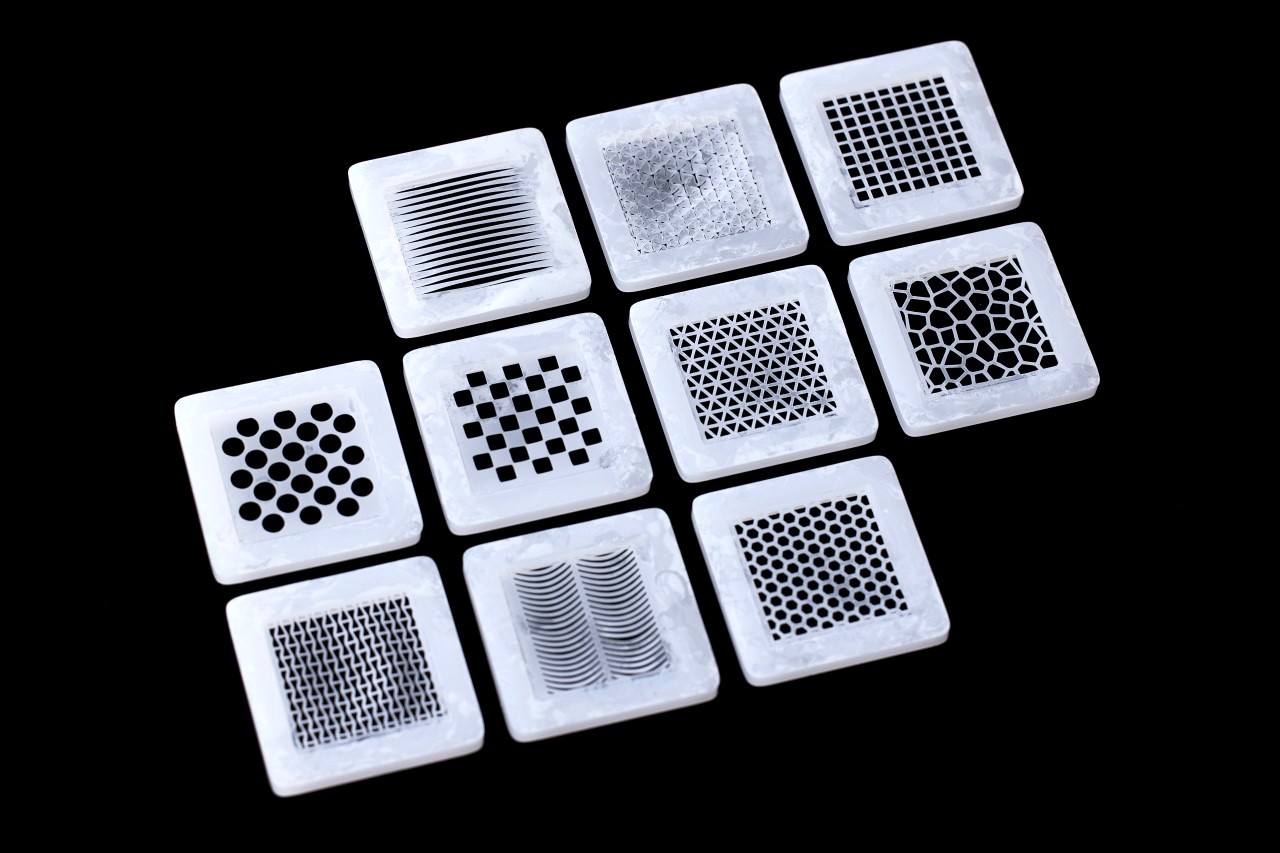
Post a Comment
Note: Only a member of this blog may post a comment.